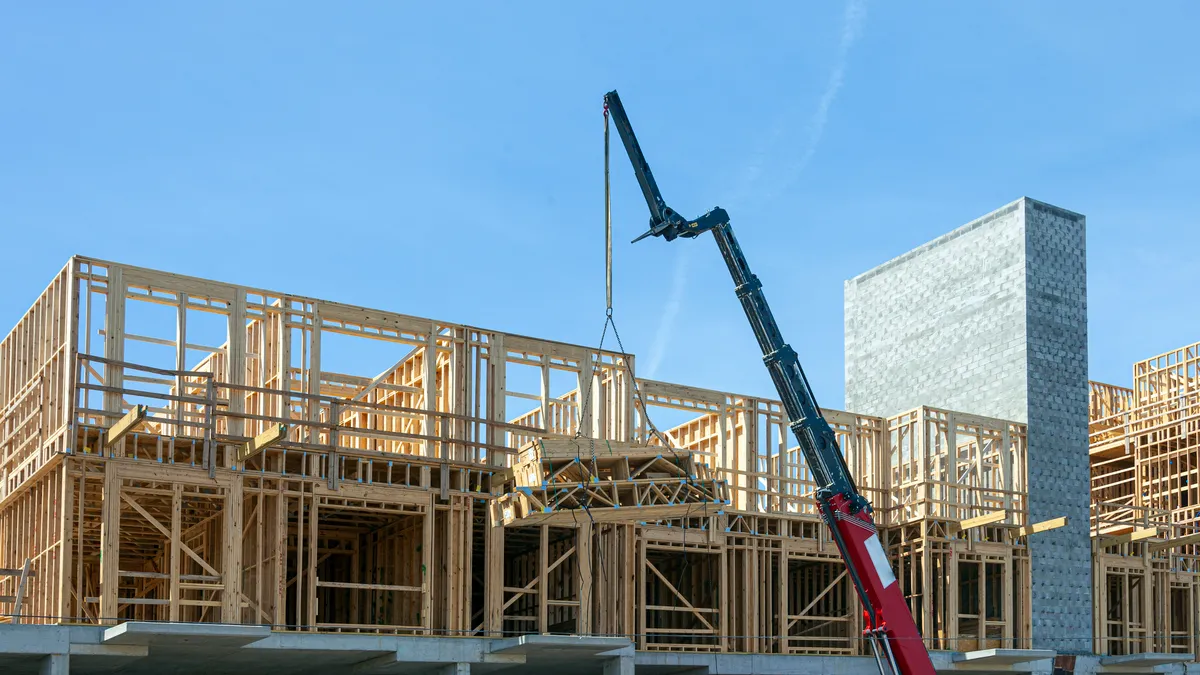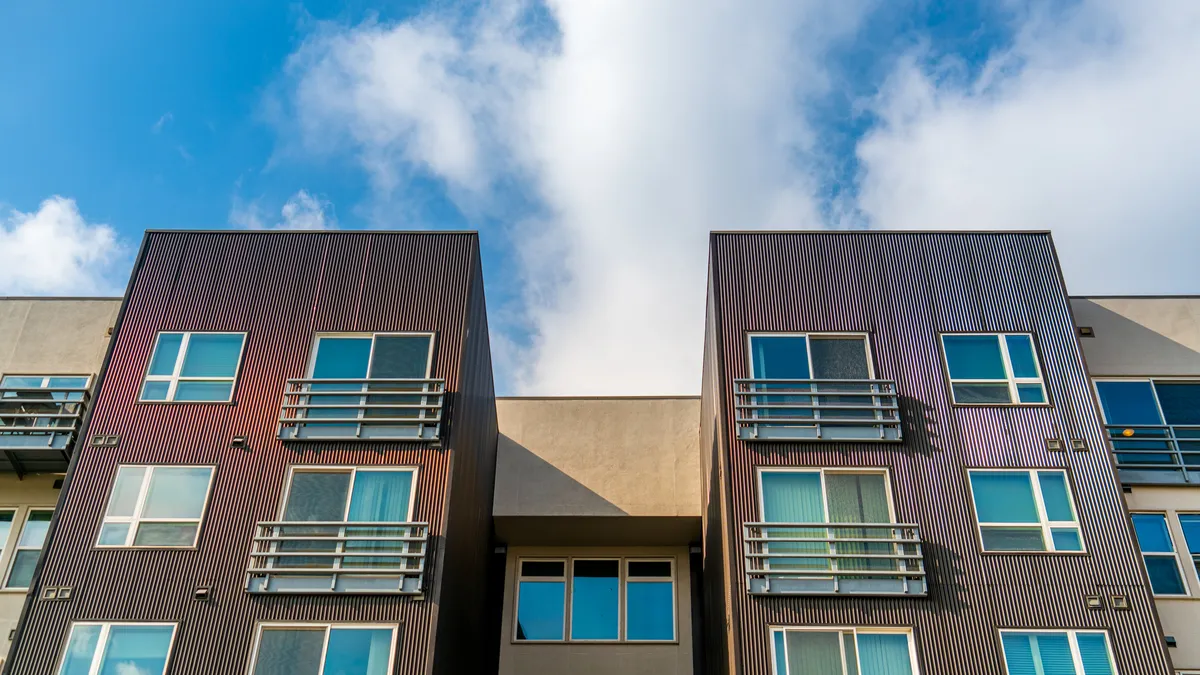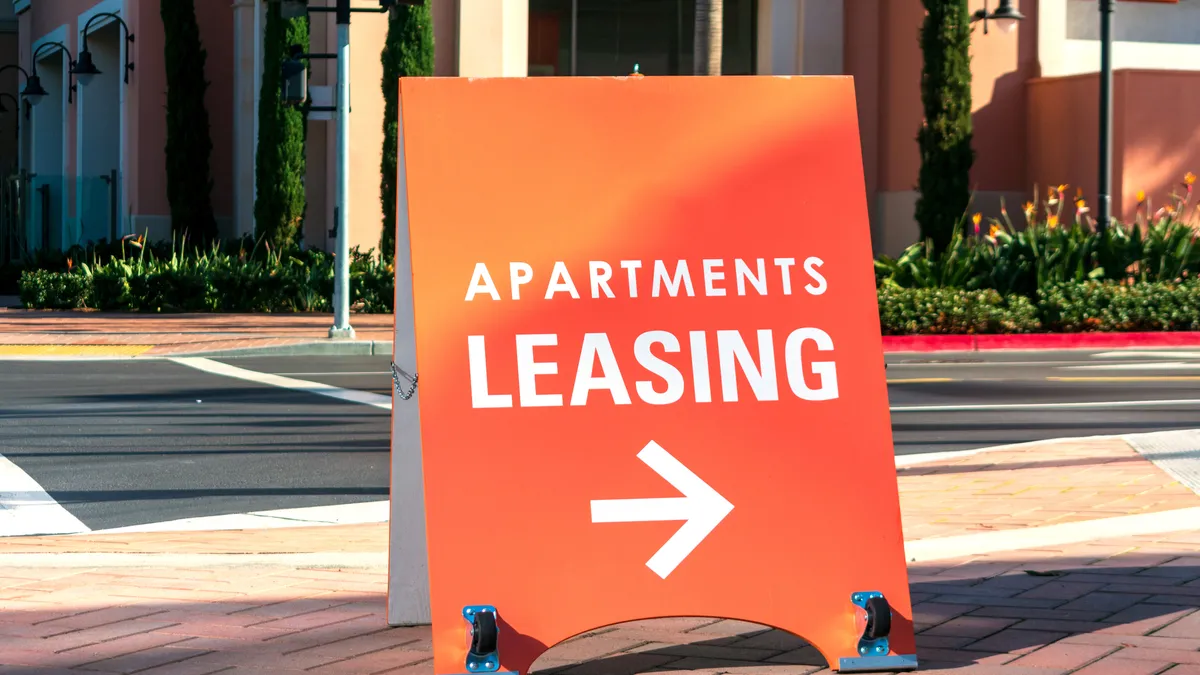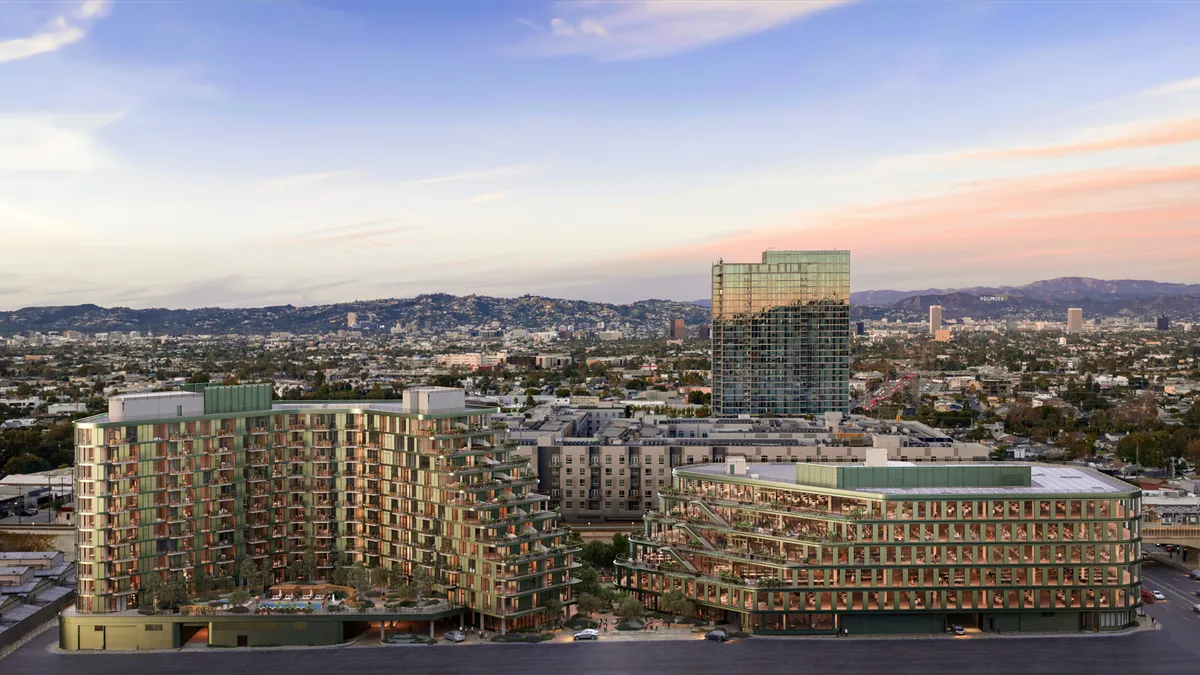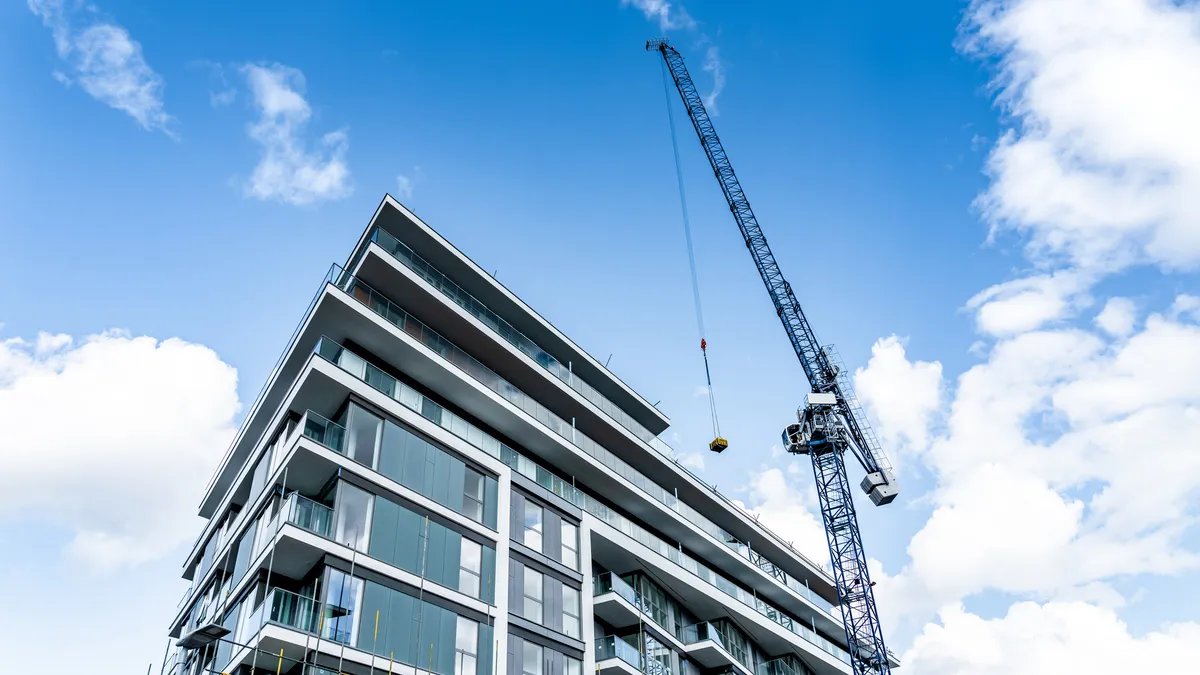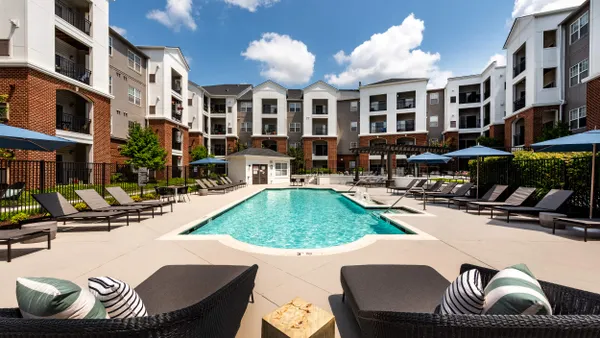The apartment sales market began to woozily regain its footing in mid-2024.
After months of year-over-year declines, volumes finally rose in the third quarter, following New York City-based investment manager Blackstone's massive $10 billion purchase of Denver-based Apartment Income REIT Corp. in June.
By November, 2024’s sales volume had surpassed 2023’s annual total, according to MSCI. However, trades still were behind the numbers seen before 2020.
“I think everybody thought we would see more deal volume this year than we had,” said Jay Parsons, head of investment strategy at Lubbock, Texas-based Madera Residential, in late 2024. “Obviously, there's been some big portfolio trades, but the total volumes are still low.”
However, things should pick up in 2025. On the Houston-based REIT’s third-quarter earnings call in November, Camden CEO Ric Campo said the conditions exist for more properties to come to market next year.
“You have $650 billion worth of multifamily debt coming due, merchant builders who have [preferred equity loans] that are eating into their profits, banks that want their loans paid down,” Campo said. “So there’ll be a very robust transaction market over the next couple of years.”
Here are three reasons why that robust market could begin in 2025:
There’s capital waiting
In its 2025 U.S. Real Estate Market Outlook, CBRE tabbed multifamily as “the most preferred asset class for commercial real estate investors in 2025.”
The Los Angeles-based commercial real estate services firm pointed to strong fundamentals beyond 2025 — including a dropoff in new supply and the high cost of homeownership — as reasons money is flocking to the sector.
Others agree. “There's a softening from what it was nine months ago, 12 months ago or 18 months ago,” said Matt Ranalli, co-founder and chief investment officer of Boston-based owner Jones Street Investment Partners. “There is capital is stepping back into the market to try to buy.”

Campo said there is “tons of dry powder” waiting to find deals on the REIT’s Q3 earnings call. “People are starting to come to the market,” he said. “There’s just massive wealth capital that needs to get deployed, and it’s going to deploy to multifamily.”
But, for the most part, that money was there in 2024. It just wasn’t ready to buy. “The institutional capital was on the sidelines due to uncertainty, but it just can't sit on the sidelines forever,” Jon Siegel, co-founder and chief investment officer at Bethesda, Maryland–based apartment owner RailField Partners. “It has decided to get back into the game. So we're seeing more transactions from them, primarily.”
Some observers even think that the money is out there for company acquisitions, if not portfolio trades. Last week, Denver-based REIT Aimco’s board of directors announced the firm will “explore additional alternatives in an effort to further unlock and maximize shareholder value,” which could lead to a sale or a merger.
“In the kind of an environment where there's an eagerness to put out money, then I think that could obviously drive mergers and acquisitions,” said Yisroel Berg, chief investment officer of multifamily at Norfolk, Virginia-based apartment owner and manager Harbor Group International. “That's something that I think we could potentially see this year by virtue of more capital being in the market.”
New properties are plentiful
The wave of new deliveries will eventually slow in 2025, but historic amounts of supply are still hitting the market. Another 700,000 apartments are still underway, according to the 2025 Global Investment Outlook from Houston-based global real estate investment manager Hines.
While those arrivals may mean new competition for existing operators, they provide an enticing opportunity for investors.

“Everybody wants to buy the same stuff right now, which is generally newer construction, well-located, class A with a higher-income tenant base and no deferred maintenance issues,” Parsons said.
For instance, in June, in a deal heavily scrutinized in the apartment industry, New York City-based KKR purchased 5,200 units from Irving, Texas-based developer Quarterra Multifamily, a subsidiary of Miami-based home builder Lennar.
“As more of those projects reach stabilization, that certainly could lead to improved deal flows,” Parsons said. “The most liquid apartment projects these days are class A, recent construction deals in major Sun Belt markets, where you have high demand and low regulatory risk, plus the reduced supply story going forward.”
Harbor Group has been one company targeting these properties. Berg said his firm was “fairly active” in buying stabilized new properties from developers last year, and it expects to continue seizing those opportunities in 2025.
“When you hear about historic development, those units ultimately need a capital event as well, either a refinanced construction loan or an outright sale,” Berg said. “So those units, needing a home on the capital side, can anticipate hitting the market and driving volume as well.”
Siegel has also seen new construction sell because construction is “starting to become an issue,” but that’s not the only driver. “We've seen a few deals recently where developers are selling because they need the capital to be deployed to other places,” he said.
Forced sales could rise — but don’t expect a wave of discounts
Buyers on the sidelines waiting for distressed assets were largely disappointed in 2024 as banks continued working with borrowers. However, in a September report, CRE services firm JLL said that $1.5 trillion in debt will come due across commercial real estate by the end of 2025.
“Everybody's extending and extending, and at some point, you have to do something about it,” Siegel said. “So I do think we'll have more resolution in 2025, and I think that that does provide some opportunity.”
With reality setting in that rates aren’t falling as fast as some owners hope, they’ll be forced to make a decision. “The 10-year [Treasury] keeps going up, but the variable rates are not coming down meaningfully,” Siegel said. “So, at this point, I think everybody has got to just deal with whatever they’ve got and just move on. There will probably be more opportunities on the acquisition front as that happens.”
But Siegel cautions that buyers hoping for widespread distress will probably be disappointed.
“I don't think we're under the illusion that it's going to be a fire sale of a million properties, and it's going to be a lot of distress,” Siegel said.
Instead of widespread offerings at rock-bottom prices, David Reynolds, president of investment management at Boca Raton, Florida-based apartment developer and owner Mill Creek Residential, sees competition for apartments.

“Normally, the market trades at a premium,” Reynolds said. “What we've had the last two-plus years is trading at a discount for replacement costs.”
While cap rates hit a 12-month rolling average of 5.7% for garden properties and 5.4% for mid- and high-rise assets in November, according to MSCI, those numbers are in the low-4% range in many markets.
“There seems to be a lot more activity in terms of deals coming on the market, and a lot of buyers appear to be getting more aggressive now that the cap rates are coming back down again,” Parsons said. “It's pretty clear at this point that there's not much for the bargain shoppers out there other than the very bottom of the market stuff.”
Click here to sign up to receive multifamily and apartment news like this article in your inbox every weekday.



